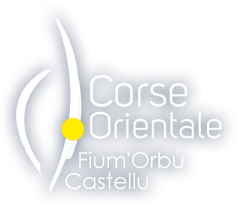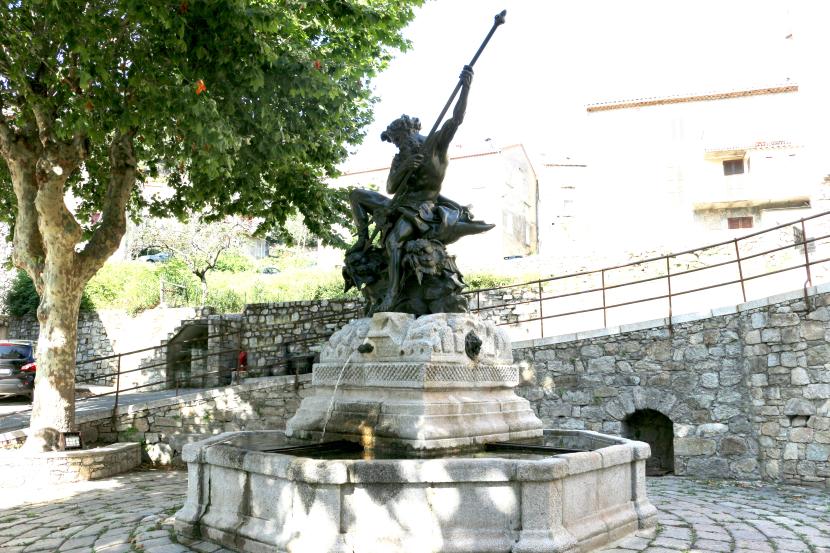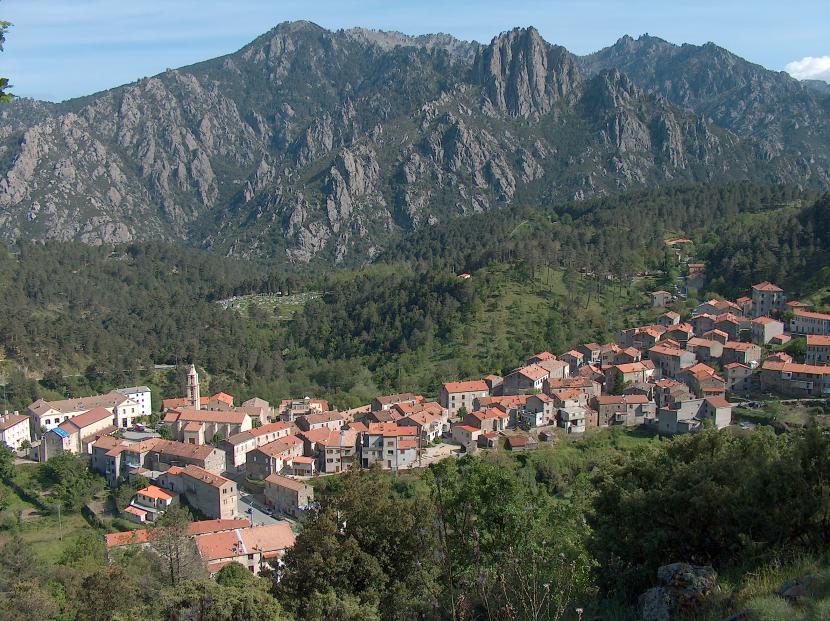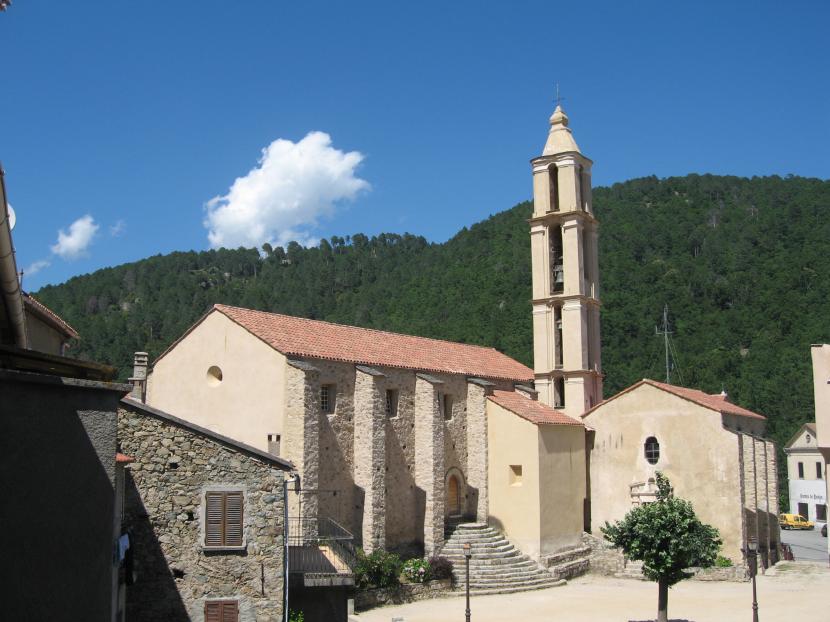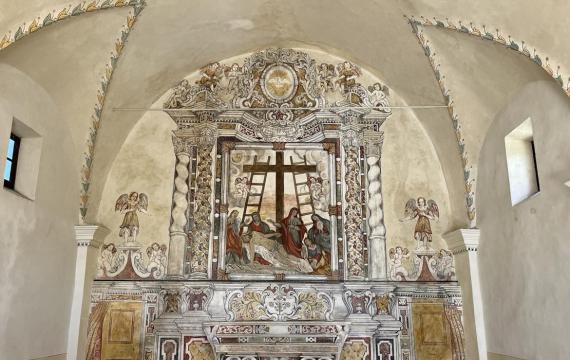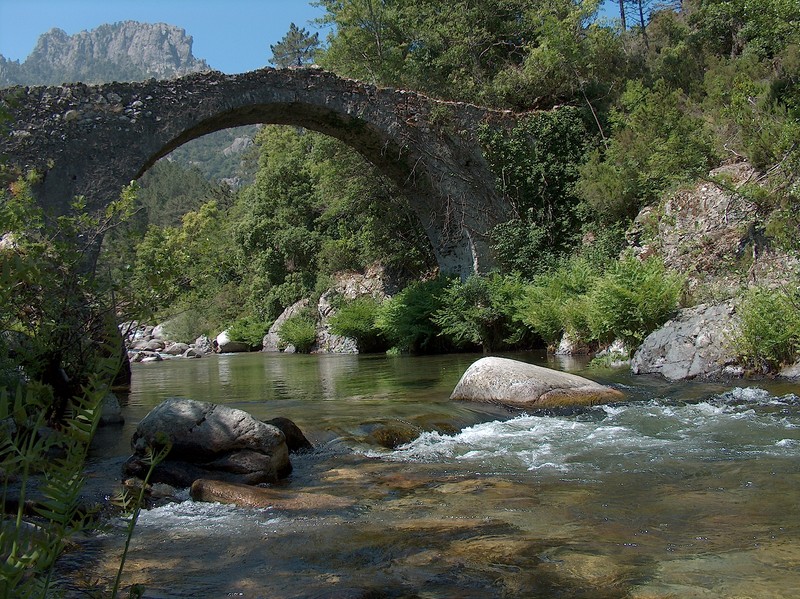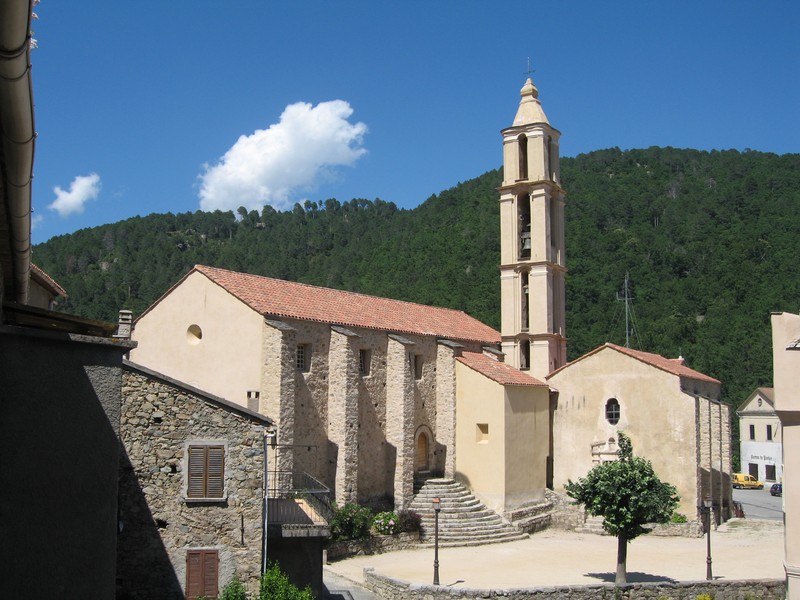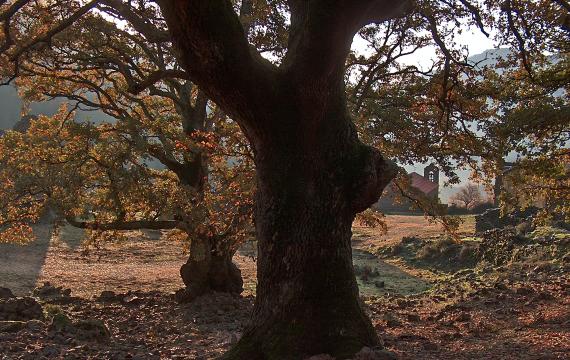What to do in Ghisoni ?
The existence of the village is recorded since the beginning of the 14th century. It is built at the foot of the Christe Eleison and Kyrie Eleison, two remarkable peaks whose names refer to an episode in the struggle against the "Giovanneli" sacrificed by Rome.
In the Middle Ages, Ghisoni was the scene of one of those historical events that are anchored in both history and legend with the Ghjuvannali or Giovannali. This was a confraternity of dissident Franciscans, which had originated in Carbini in the Alta Rocca in the middle of the 14th century and had spread to several places in Corsica.
Their social and religious doctrine was based on poverty and self-giving, the community of goods and the refusal of the sacrament of marriage. They advocated humility, simplicity, poverty and non-violence. Their hostility to the church hierarchy and the feudal hierarchy made them enemies with both the local lords and the bishop of Aleria, who excommunicated them in 1352.
The Ghjuvannali appealed to the Archbishop of Pisa and obtained the lifting of the excommunication. Their spirituality, their religious and social sense continued to spread throughout Corsica.
This is probably why, in 1354, the bishop of Aleria went to Pope Innocent VI and accused the Ghjuvannali of heresy and obtained a papal excommunication. This papal commissioner, supported by the local lords, organised a holy military crusade in the region of Carbini and in the Eastern Plain. In the name of the Church, from 1363 to 1364, many Ghjuvannali, including women and children, were massacred in Carbini, Ghisoni and other villages. Some, rather than renounce their faith, died with their arms in their hands. The last Ghjuvannali who took refuge in Ghisoni were burnt there and popular memory has it that as the heretics went up to the pyre, the parish priest and the people of the country accompanied them by singing the liturgical prayers, "Lord, have mercy, Christ, have mercy", and the two mountains overlooking Ghisoni joined in the prayers, repeating "Kyrie Eleison... Christe Eleison..."
Ghisoni is the ideal starting point for hikes and walks. The forests of Marmanu (D69) and Sorba offer paths accessible to all on foot or by mountain bike. Several loops from the village offer pleasant routes, combining heritage and natural discovery. In winter, the ski resort attracts many enthusiasts.
TO SEE :
- The parish church: former conventual church of the Franciscans, dating from the 17th century.
- The chapel of Santa Croce: built in the 15th century and adjoining the old church of Santa Maria, listed as a historical monument in 1989.
The Genoese bridges :
- The Mela bridge: located 5 km from Ghisoni.
- The Ponte Vecchju: built around 1650, located at the entrance of the village.
- The Catani Bridge: built around 1840.
- The old mine of Finosa opened in 1912 and closed after the Second World War, it produced lead, silver, manganese and iron
- The Inzecca gorge: at the gates of the village, it offers a grandiose and Dantesque landscape.
Ghisoni is an integral part of the Regional Natural Park of Corsica and is the ideal starting point for hikes and walks. The forests of Marmanu (D69) and Sorba offer paths accessible to all on foot or by mountain bike. Several loops from the village offer pleasant routes, combining heritage and natural discovery. In winter, the ski resort attracts many amateurs.
